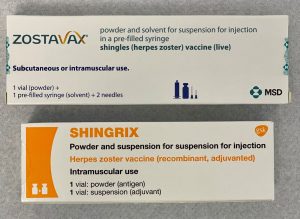Opthea Limited (NASDAQ: OPT), a clinical-stage biopharmaceutical company headquartered in South Yarra, Australia, has firmly placed itself in the spotlight of the biotech sector with its innovative approach toward eye disease treatments. Specializing in the development and commercialization of novel therapeutics, Opthea is currently advancing its lead product candidate, sozinibercept (OPT-302), which is in Phase 3 clinical trials. This biologic drug is designed to inhibit VEGF-C and VEGF-D, complementing existing VEGF-A inhibitors for treating wet age-related macular degeneration and diabetic macular edema.
Despite its promising therapeutic pipeline, Opthea’s financial metrics present a challenging picture for potential investors. With a market capitalization of $524.82 million and a current stock price of $3.41, the company has experienced a 52-week range between $1.86 and $5.92. However, the lack of P/E ratios and other valuation metrics like PEG Ratio and Price/Book suggest that investors are dealing with a company in the early stages of revenue generation and profitability.
Revenue growth stands at a concerning -26.20%, and the company reported an EPS of -2.25. The absence of net income and a negative free cash flow of -$79,297,752 further highlight the financial hurdles Opthea faces. These figures underscore the risks inherent in investing in a biotech firm that is still in the clinical trial phase.
The company’s technical indicators reveal a stock that may be undervalued in the short term, as suggested by the RSI of 18.90, which is typically interpreted as an indication of an oversold condition. However, the stock’s 50-day moving average aligns with its current price at $3.41, while the 200-day moving average is slightly higher at $3.80, indicating potential resistance ahead.
Analyst sentiment is somewhat cautious, with no buy ratings, two hold ratings, and one sell rating. The average target price is set at $1.33, reflecting a potential downside of -60.90% from current levels. This sentiment is compounded by the technical indicators, suggesting a bearish outlook in the near term.
For investors considering Opthea, the absence of dividends and a payout ratio of 0.00% means that returns are largely dependent on capital appreciation, which is currently under pressure given the company’s financial metrics and analyst expectations. The company’s focus on advancing its Phase 3 trials for sozinibercept remains its primary catalyst. Success in these trials could significantly alter the company’s valuation and investor sentiment.
Opthea’s journey from its origins as Circadian Technologies Limited to its current status highlights its commitment to pioneering treatments for complex eye diseases. While the potential for significant breakthroughs exists, individual investors must weigh the considerable risks associated with clinical-stage biotech investments. The company’s future hinges on the successful commercialization of its innovative therapies, which remains a key factor for investors to monitor closely.











































